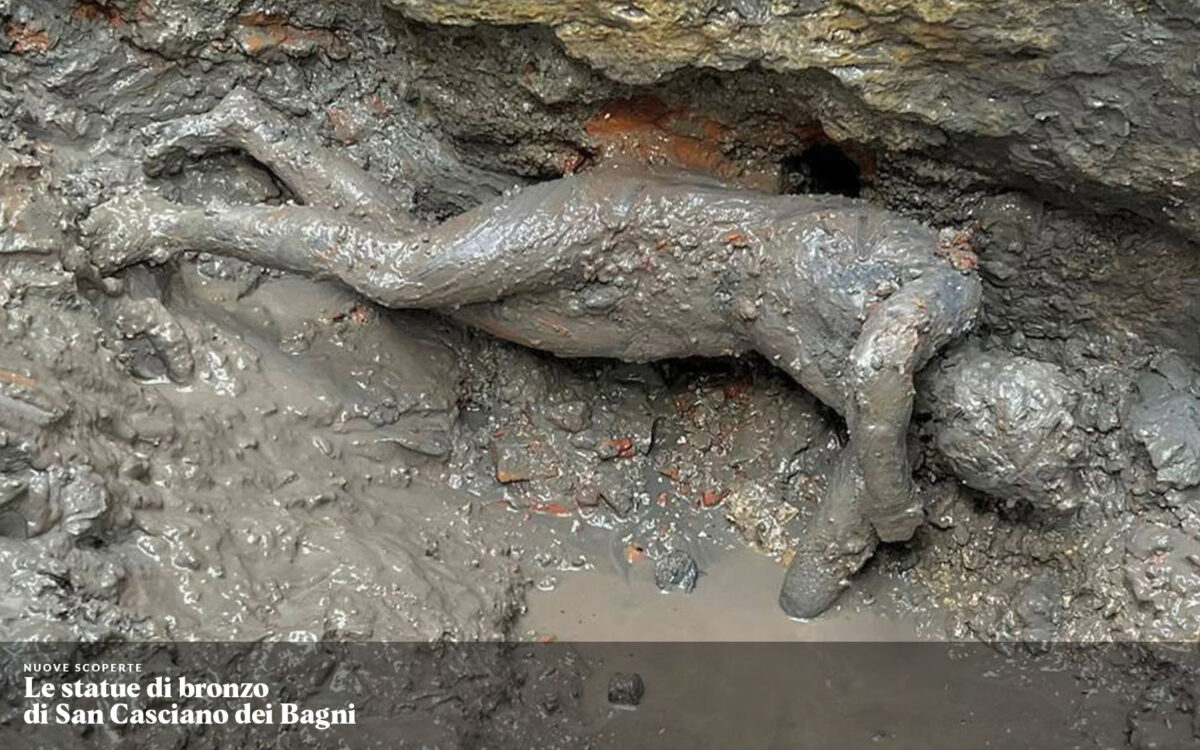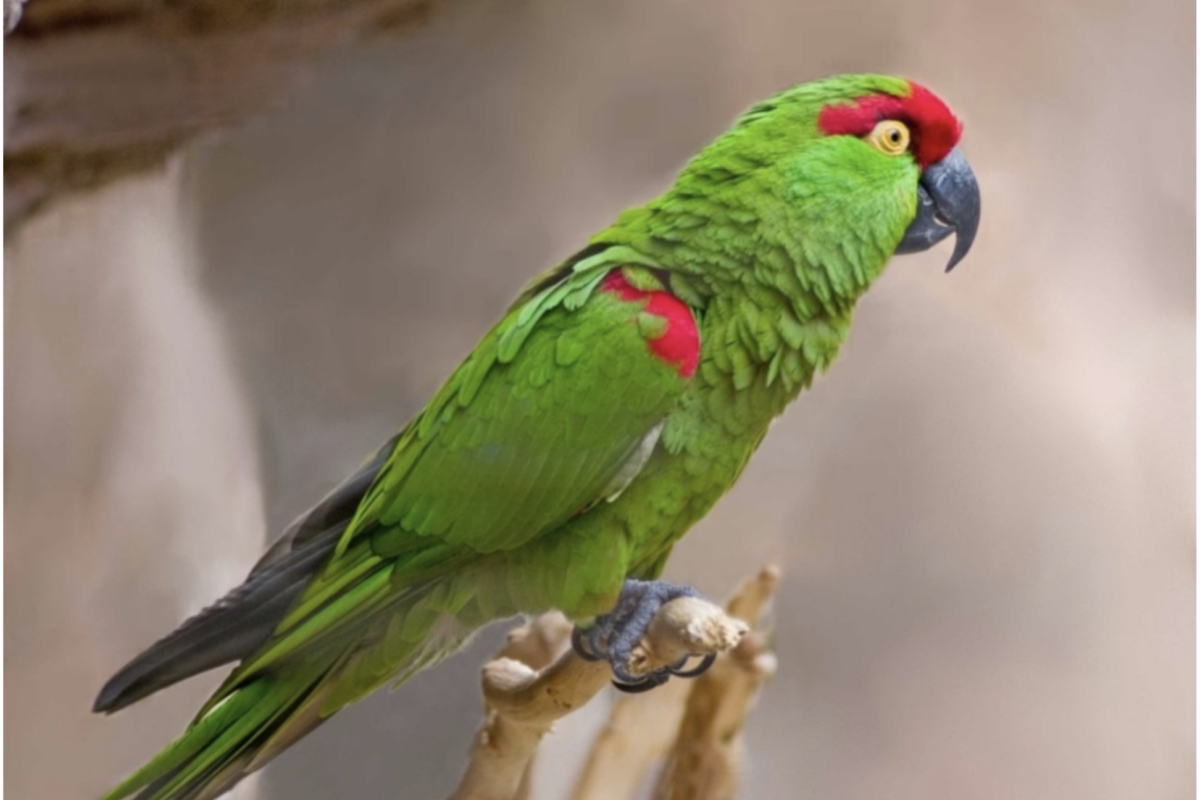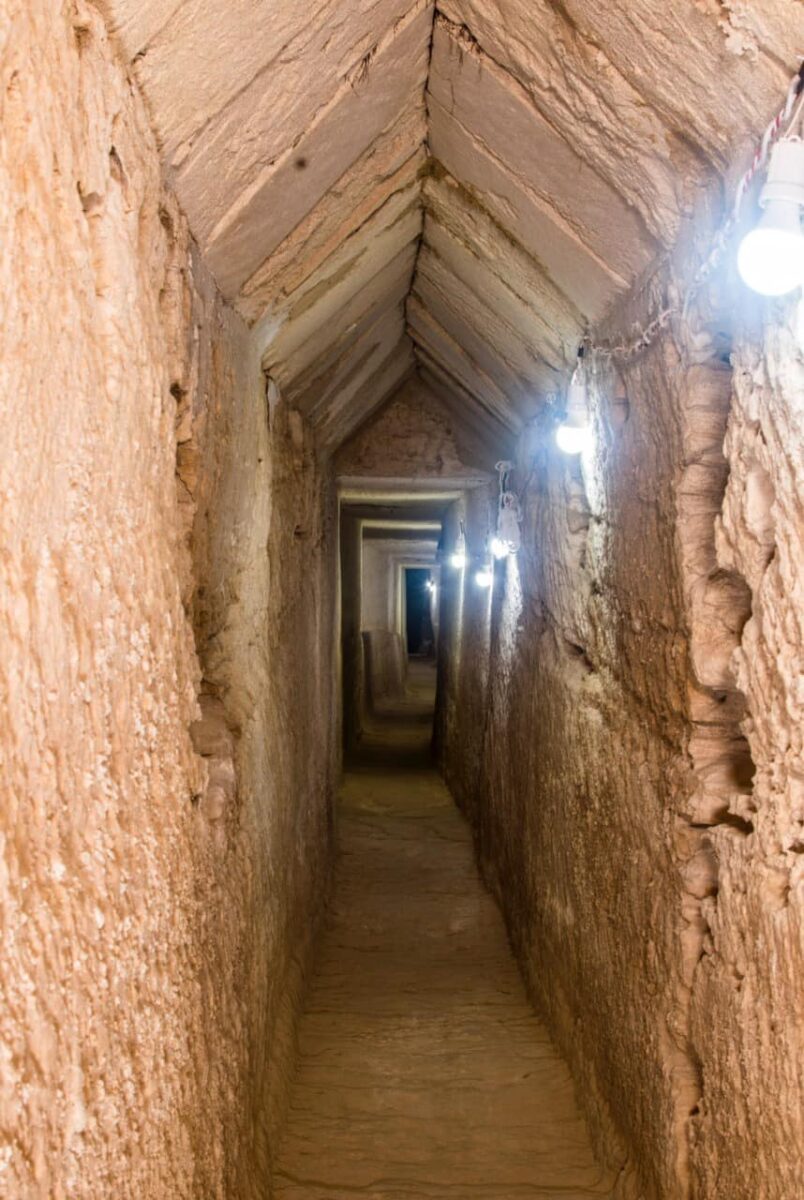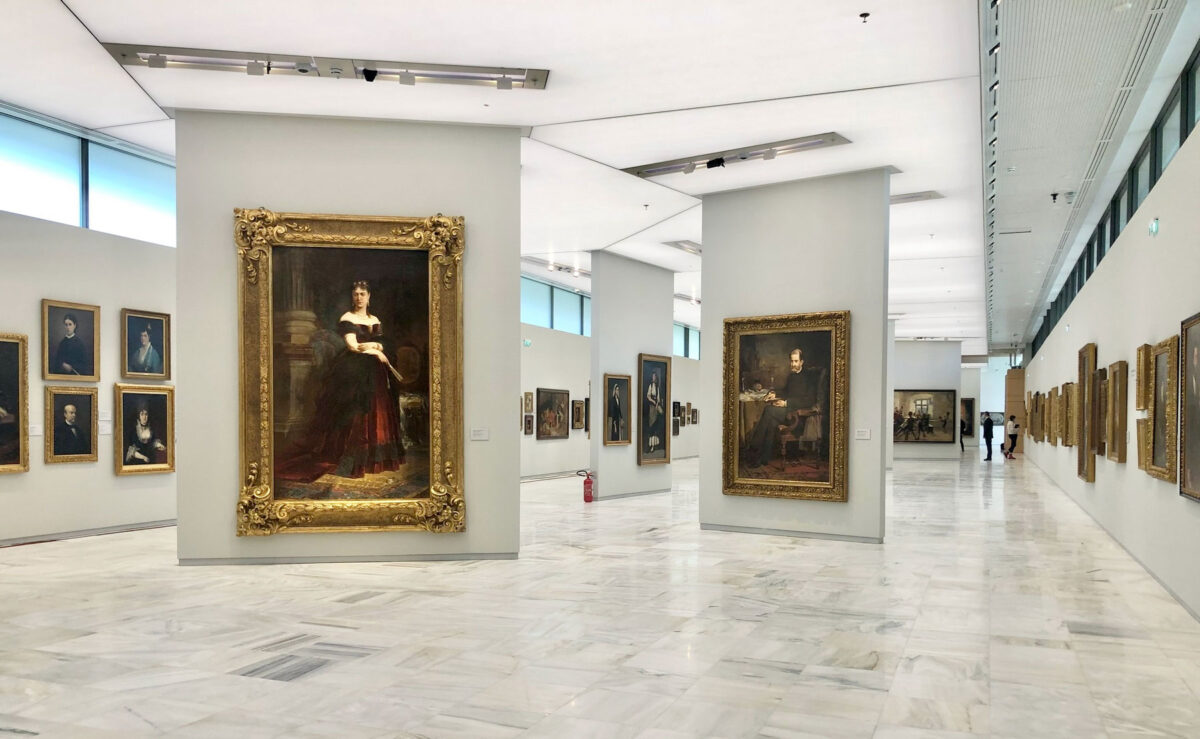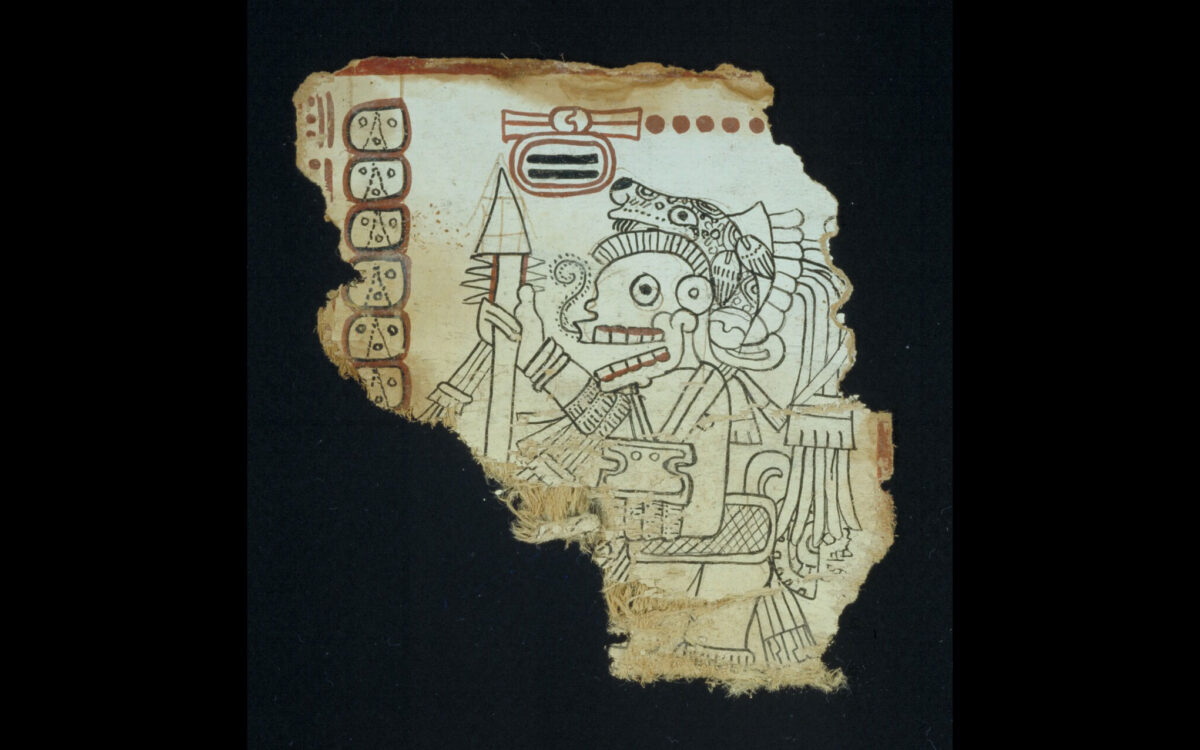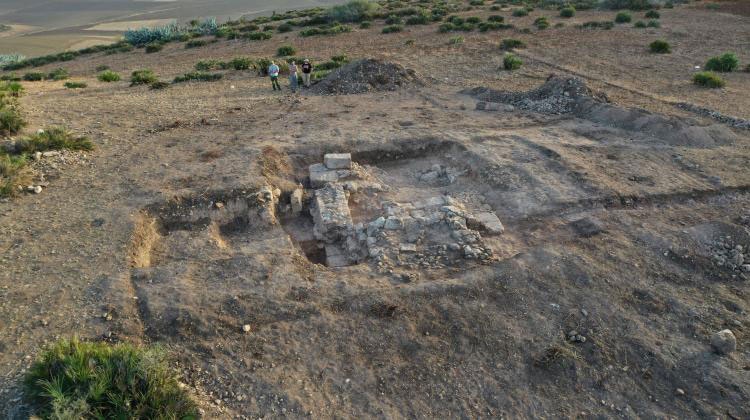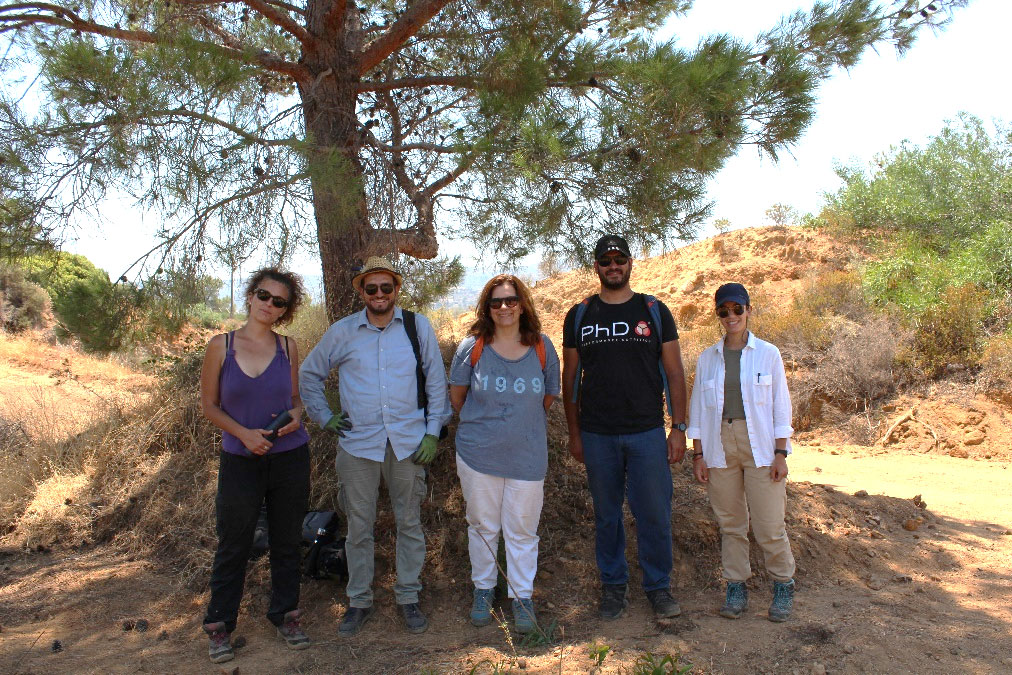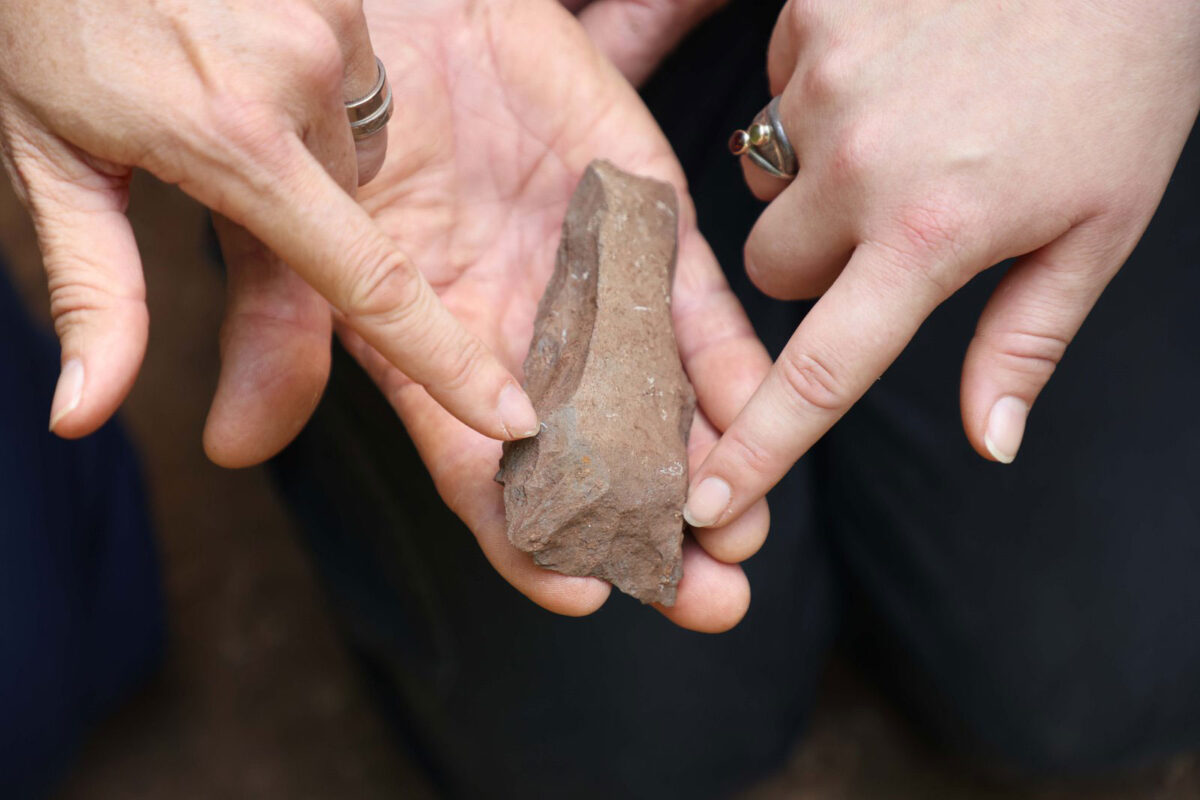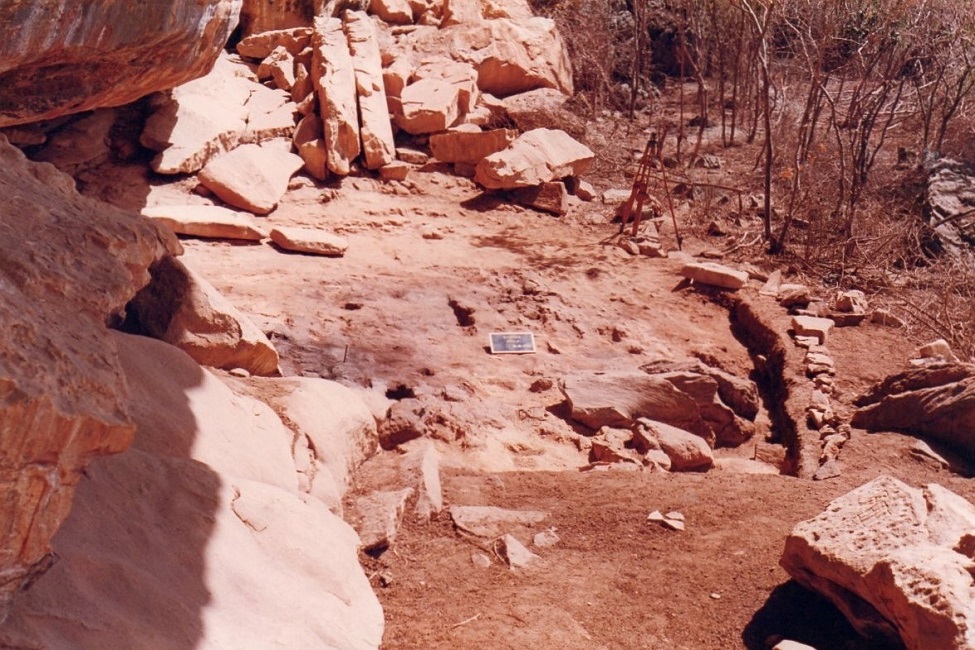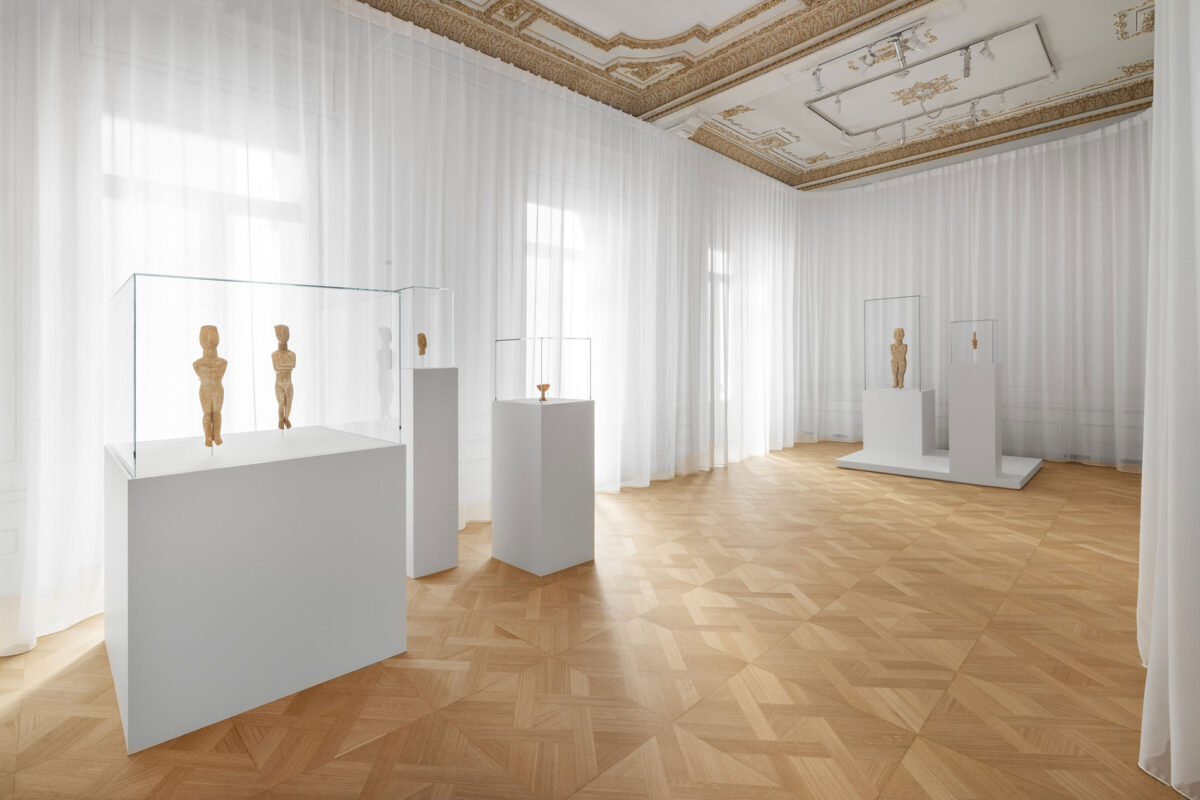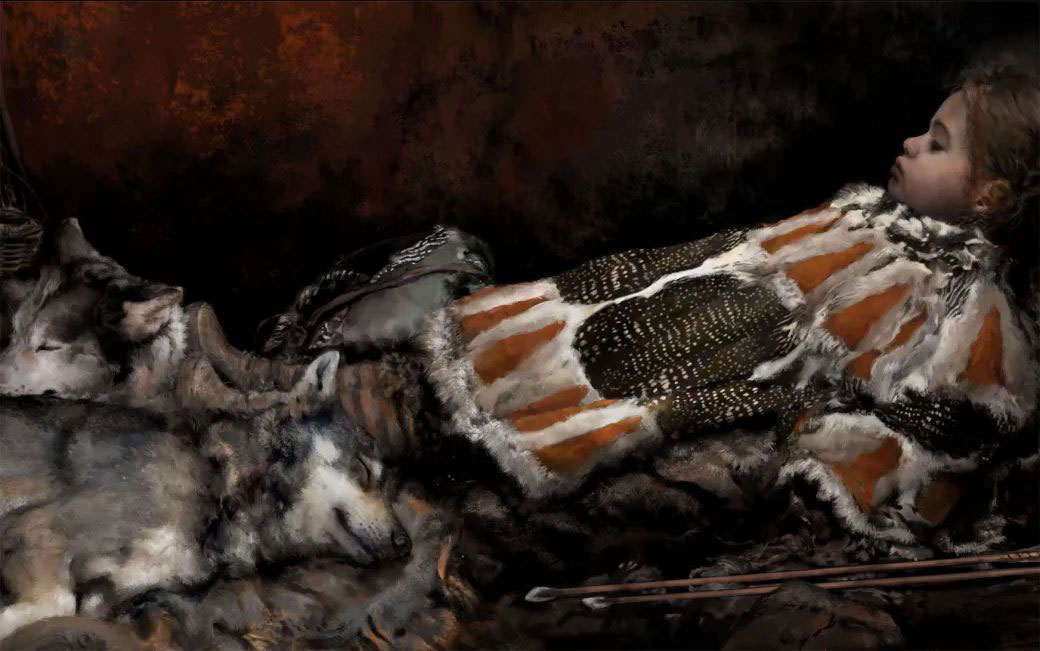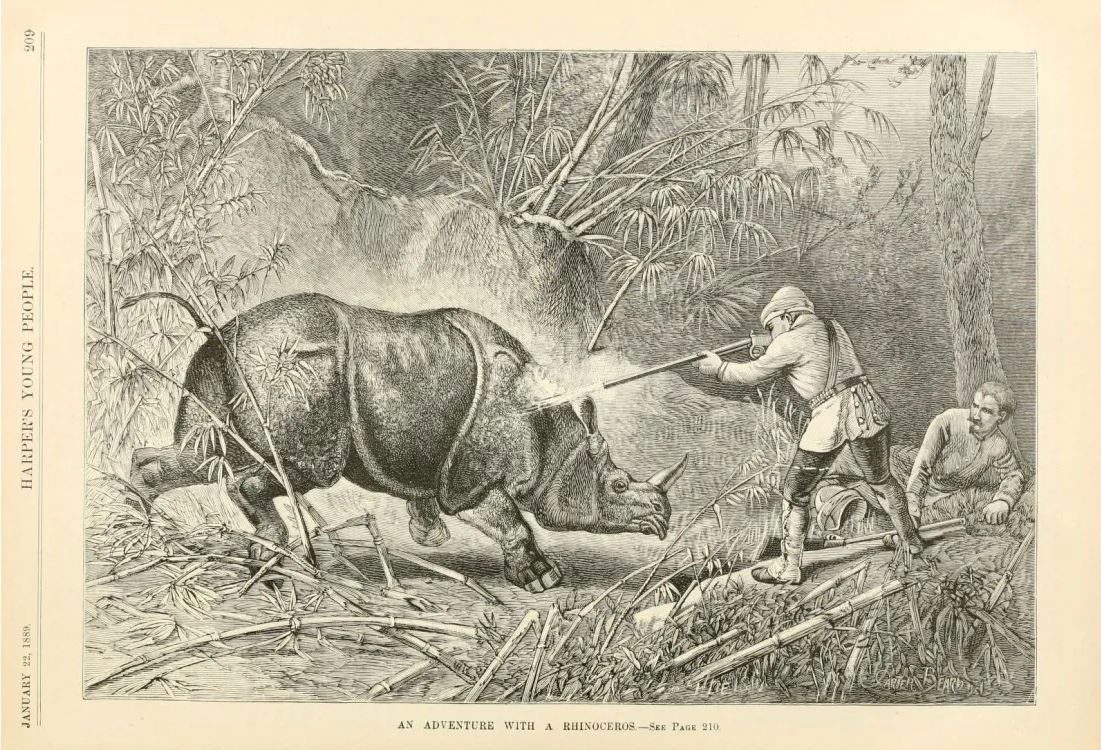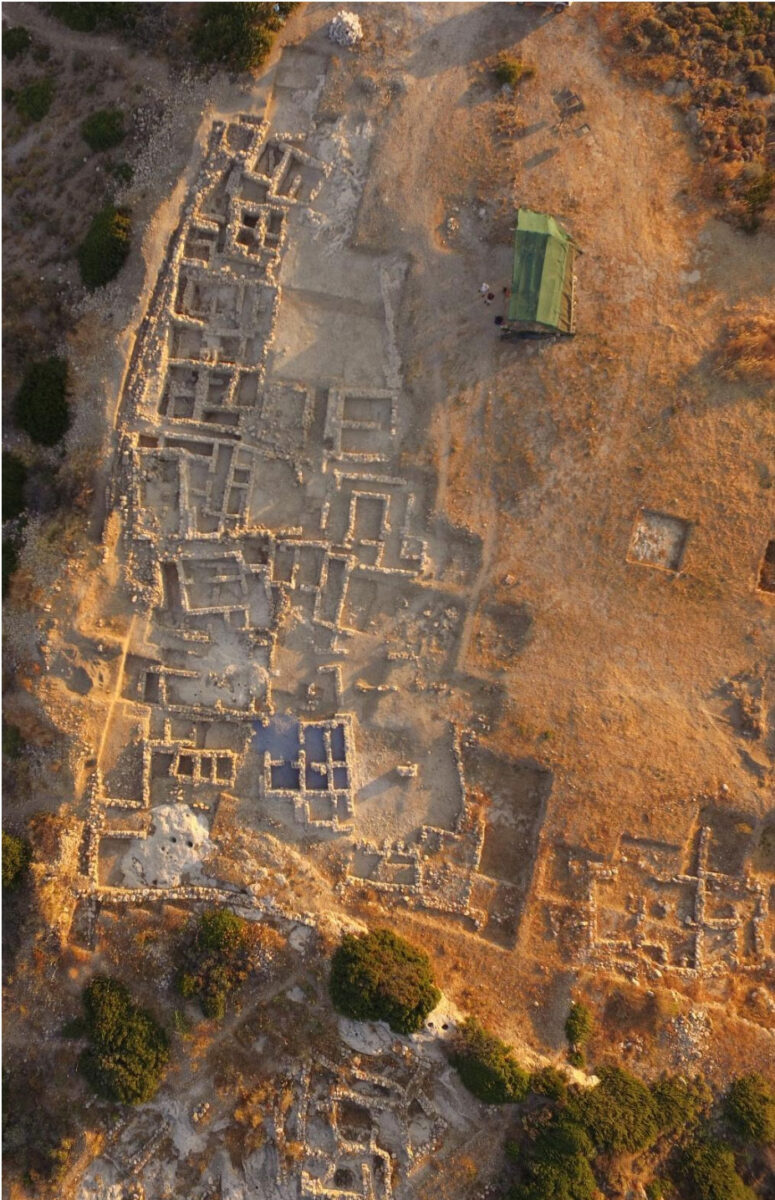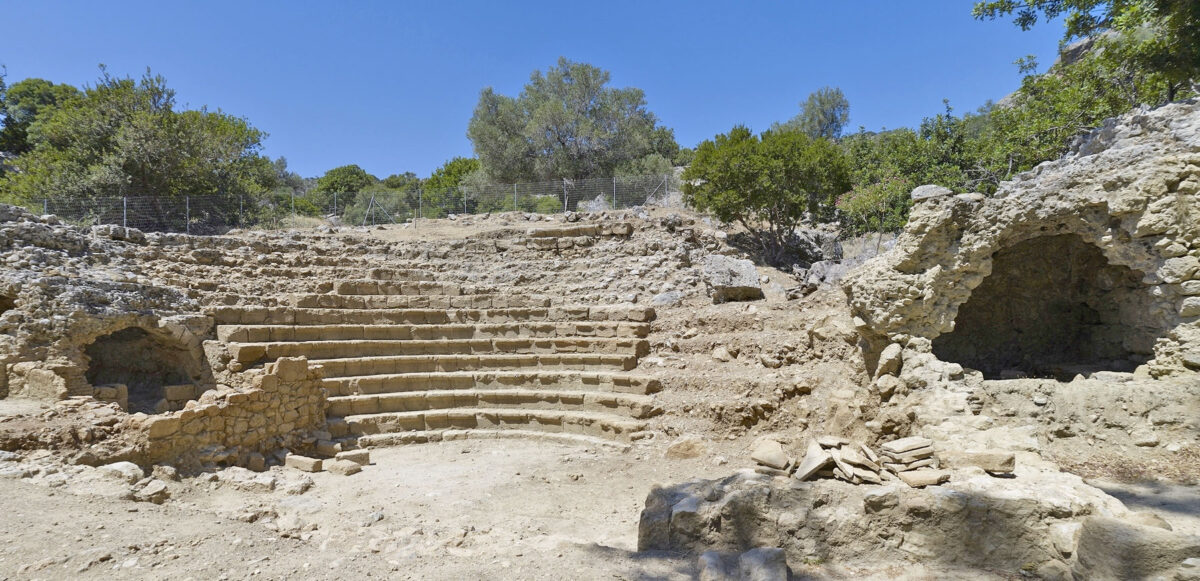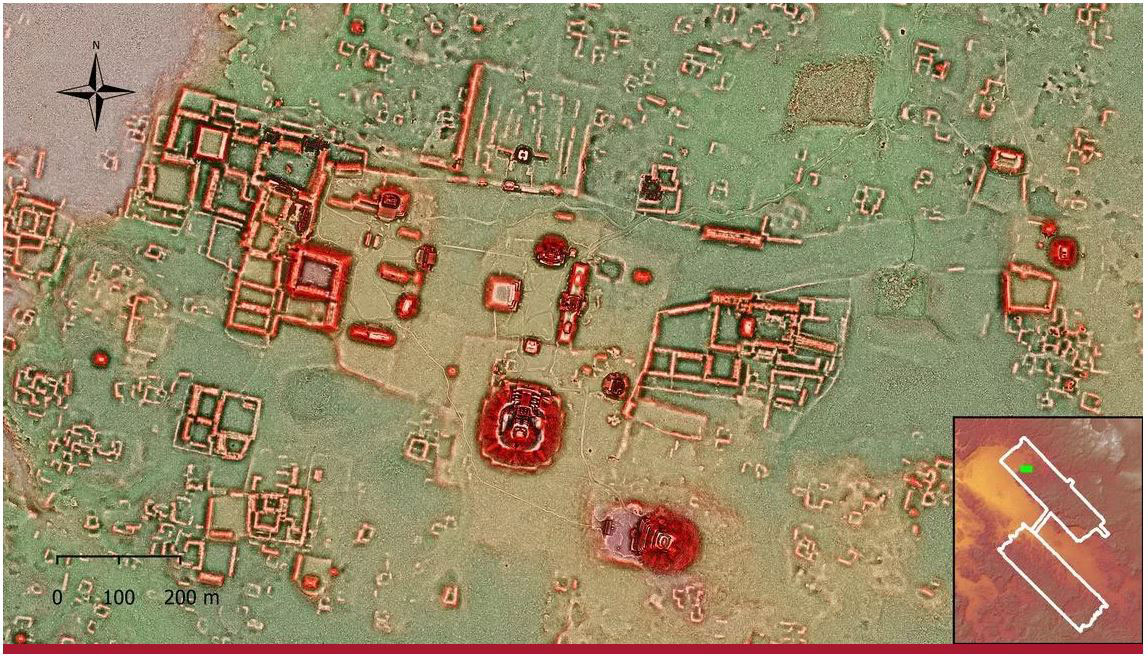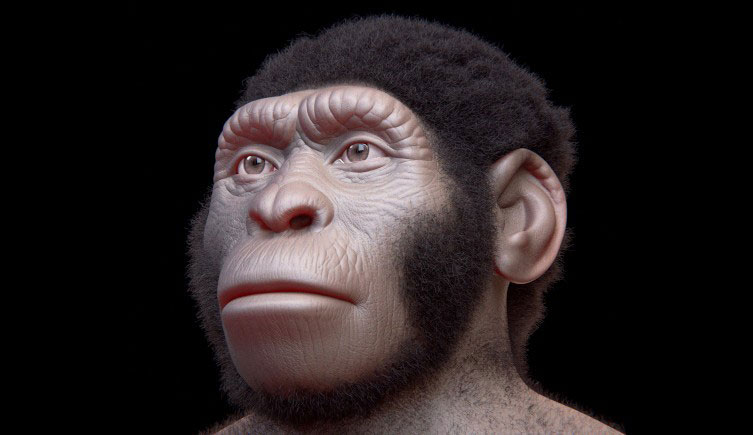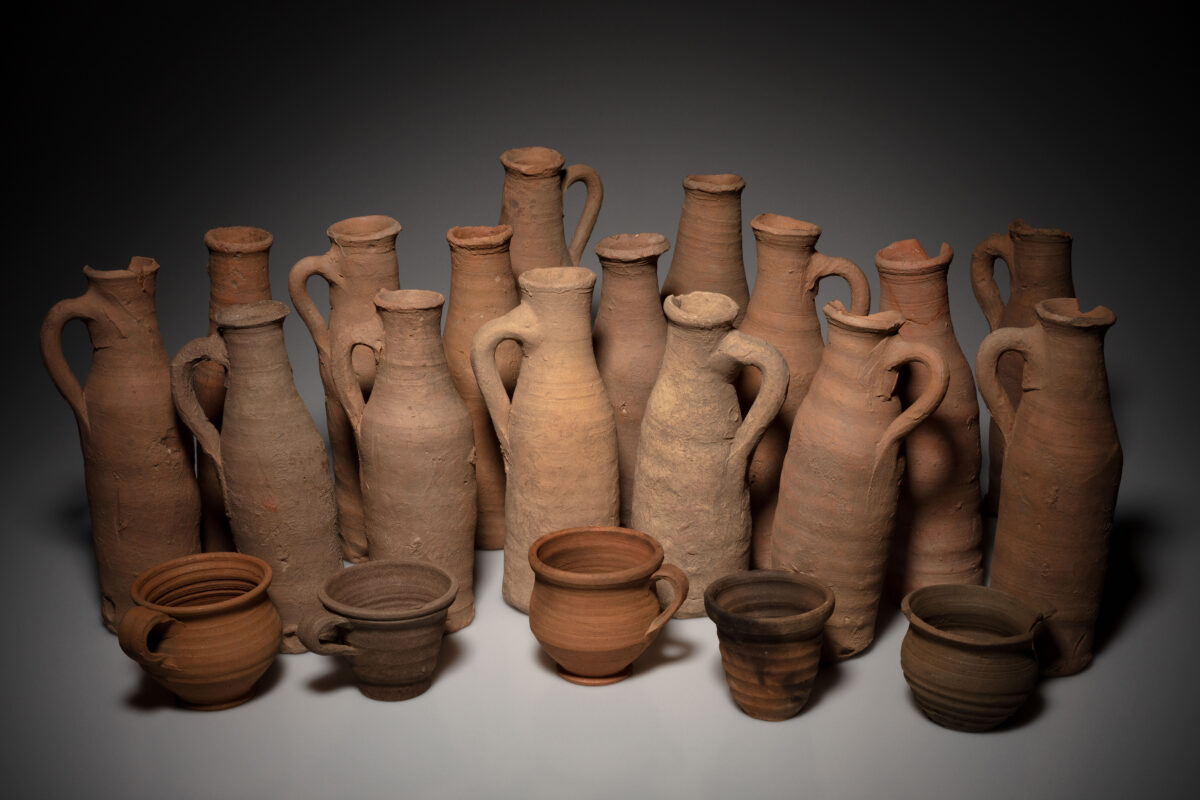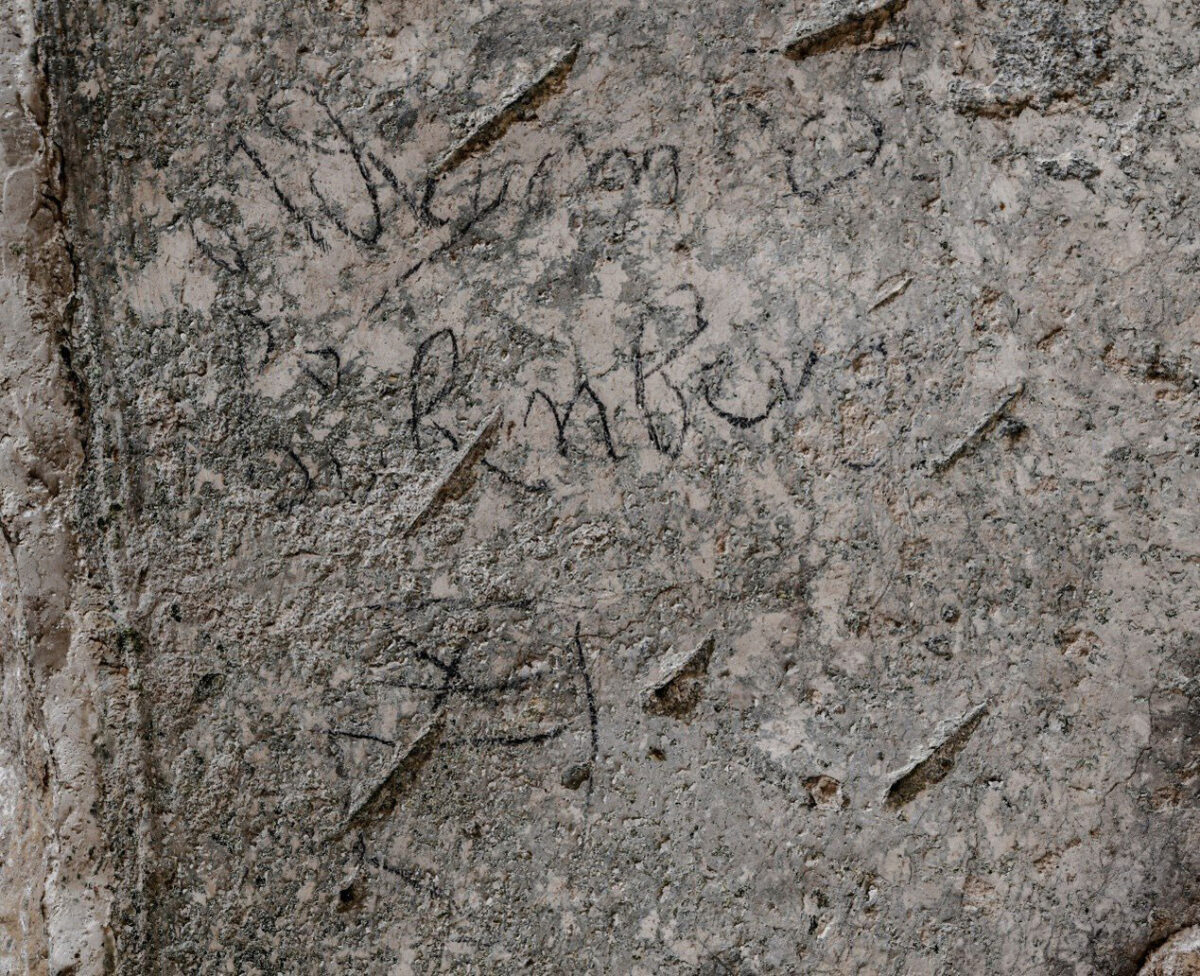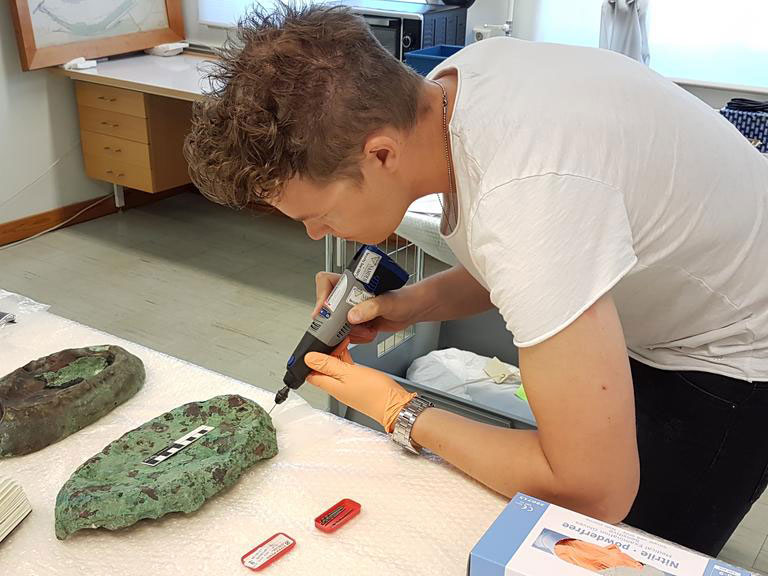Large group of bronze statues found in Italy
Twenty four bronze statues in an exceptional preservation state have been found during excavations at the ancient baths of San Casciano dei Bagni, in Tuscany.
Why are sustainable practices often elusive?
The goal was to measure how spatial, temporal, cognitive, and cultural limitations affect humans’ understanding of their environments.
Old bone links lost American parrot to ancient Indigenous bird trade
The research challenges the assumption that all parrot remains found in American Southwest archaeological sites have their origins in Mexico.
Climate activists glued their hands on paintings by Goya
A man and woman glued their hand on Goya's "The clothed Maja" and "The Nude Maja" and wrote "+1.5°C" on the wall between the two paintings in black marker.
Ancient rock-cut tunnel discovered beneath Taposiris Magna in Egypt
A tunnel carved into the rock at a depth of about 13 m below the surface was found in the area of the Temple of Taposiris Magna.
The starting point for the National Gallery
New life is being given to the National Gallery by the two-year programme announced last Monday by the its director Syrago Tsiara.
Getty: Códice Maya de México comes to Los Angeles
The oldest surviving book in the Americas will be on view at Getty this fall.
Polish archaeologists co-discover ‘unique’ Roman military tower
A Polish-Maroconian team of archaeologists have discovered a Roman military observation tower in Volubilis, Morocco.
Metallurgical heritage at Asgatas – Kalavasos
The research is conducted within the framework of the project “METAL PLACES: Culture crossroads in eastern Mediterranean”, which was approved and implemented under the Cooperation Program INTERREG V-A Greece – Cyprus 2014-2020 and is co-funded by the European Union and by National Funds of Greece and Cyprus.
Priceless archaeological artefacts found in Norfolk Island National Park
An archaeological dig on Norfolk Island has uncovered two Polynesian adzes (stone axes) and hundreds of flakes dating back to pre-European settlement.
Ancient DNA analysis unravels the early peopling of South America
The Americas were the last continent to be inhabited by humans. An increasing body of archaeological and genomic evidence has hinted to a complex settlement process.
Cycladic treasures on their return journey
15 Cycladic antiquities of unique archaeological value are being displayed for the first time globally, at the Museum of Cycladic Art, Athens.
A Stone Age child buried with bird feathers, plant fibers and fur
On the basis of archaeological research, it was possible to identify human remains as a child who may have been laid on a bed of down in a Stone Age burial site discovered under a gravel road in eastern Finland. There may also have been a canid at the child’s feet.
History of rhino images illustrates changing human-rhino relations
An international team of scientists, led by the University of Helsinki, has demonstrated that image databases can be used as an alternative to museum collections when studying long-term changes in human-nature interaction and as material in ecological and evolutionary research.
M. Tsipopoulou talks about a bull’s sacrifice in the Petras cemetery
The 2019 find impressed both the excavators and the scientific community when it was recently presented at 13th International Congress of Cretan Studies.
Public building discovered at Lissos, in Chania
View of the ancient Odeon from the south of the Lissos archaeological site (the Byzantine church of Agios Kyrkos is in the background). Omage: MOCAS
Viking silver treasure uncovered in Täby in Stockholm
A 1000-year-old silver hoard containing several beautiful torque-style neck rings, arm rings and coins has been discovered in Viggbyholm, Täby, outside Stockholm.
New urbanization and landscape modifications at ancient Maya city
Researchers used lidar (light detection and ranging) to help uncover more secrets of the enormous ancient Maya city of Calakmul.
Sinuses offer new way of studying the evolution of ancient humans
The changing shape of the frontal sinuses is helping to reveal more about how modern humans, and our ancient relatives, evolved.
Ephesos: Area of the city discovered under a burnt layer
A sensational find was made during excavations in Ephesos: archaeologists from the Austrian Academy of Sciences were able to uncover an early Byzantine business and gastronomy district.
Erimi-Pitharka 2022
An international team from the Universities of Graz (Austria), Salento (Italy) and Kardynał Stefan Wyszynski (Warsaw, Poland) investigated an area of the Late Bronze Age settlement, located on a plateau, on the eastern Kouris river bank.
A graffiti with the name of Knight Adrian von Bubenberg
The Israel Antiquities Authority archaeologists carrying out the archaeological survey on Mount Zion were not expecting to discover a graffiti inscription of Knight Adrian von Bubenberg.
Skaftö wreck’s cargo tells a tale of 15th century trade routes
Research at the University of Gothenburg has shown that the Skaftö wreck had probably taken on cargo in Gdańsk in Poland.
Corfu: The old fortress and its secrets
Undoubtedly, it is the town’s most imposing monument, still visible from the beaches of Igoumenitsa and a magnet for tourists.
